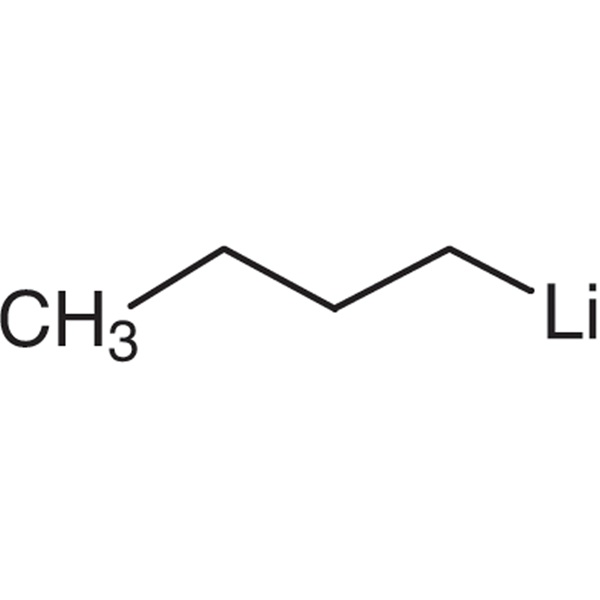n-Butyllithium Solution CAS 109-72-8 High Quality
Ruifu Chemical is the leading supplier of n-Butyllithium Solution (CAS: 109-72-8) with high quality, commercial production. Ruifu Chemical can provide worldwide delivery, competitive price, excellent service, small and bulk quantities available. Purchase n-Butyllithium Solution, Please contact: alvin@ruifuchem.com
| Chemical Name | n-Butyllithium Solution |
| Synonyms | n-BuLi; Butyl Lithium; Butyllithium Solution; Lithium-1-Butanide; n-Butyllithium; Butyllithium |
| CAS Number | 109-72-8 |
| Stock Status | In Stock, Production Capacity 600MT/Year |
| Molecular Formula | C4H9Li |
| Molecular Weight | 64.06 |
| Melting Point | -95℃ |
| Boiling Point | 80℃ |
| Sensitive | Air Sensitive, Moisture Sensitive, Heat Sensitive |
| Solubility | Miscible With Diethyl Ether and Cyclohexane |
| Odor | Odor of the Solvent |
| Water Solubility | Vigorous Reaction |
| Hydrolytic Sensitivity | 8: Reacts Rapidly With Moisture, Water, Protic Solvents |
| Brand | Ruifu Chemical |
| Item | Specifications |
| Appearance | Colorless or Slightly Yellow Transparent Liquid |
| Density (20℃) | 0.686g/ml |
| Alkaline Impurities | ≤0.10 mol/L (in n-Butoxypolyethylene Meter) |
| Molarity | 2.50mol/L |
| Active Lithium (Li) | ≥98.0% |
| Covalent Chlorine and CL- | ≤0.10% |
| Solvent | n-Hexane |
| Test Standard | Enterprise Standard |
Package: Bottle, 25kg/Drum, 170kg/Drum or according to customer's requirement
Storage Condition: Store in sealed containers at cool and dry place; Protect from light and moisture; must be waterproof and carbon dioxide-proof.
Warnings and Precautions: 1) N-Butyllithium is extremely combustible when in contact with air; when measuring, the needle of the injector will eject sparks. 2) The entire process must be protected by argon for safety precaution. 3) If N-Butyllithium catches fire, it must be extinguished with sand, which must be placed within arm’s reach at all times. Spontaneously combustible when in contact with water. When preparing and using N-Butyllithium, do not operate alone in case of emergency.

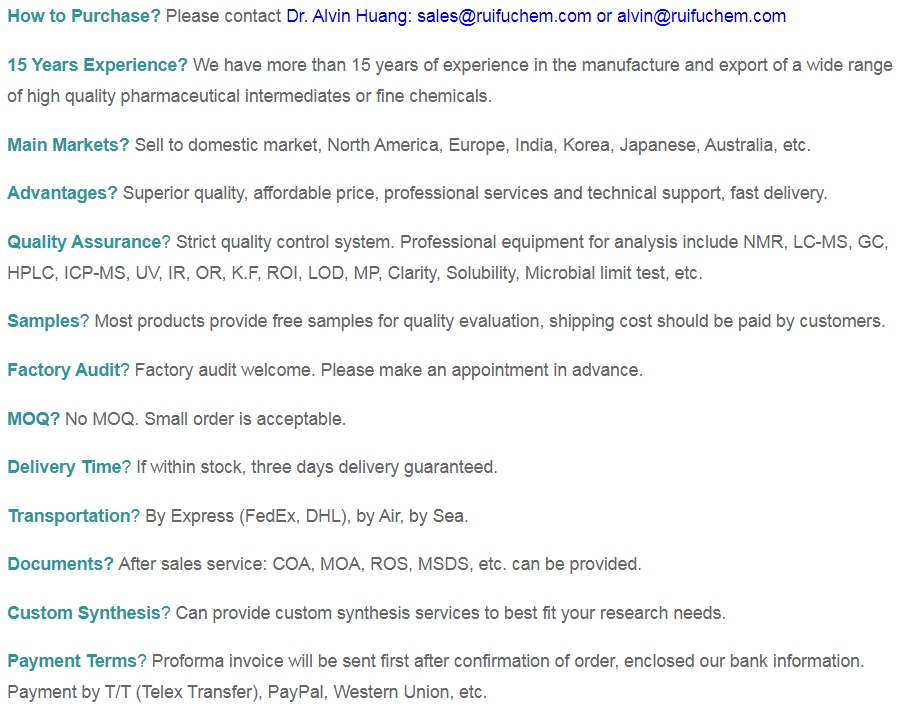
Risk Codes R14/15 -
R17 - Spontaneously flammable in air
R34 - Causes burns
R48/20 -
R51/53 - Toxic to aquatic organisms, may cause long-term adverse effects in the aquatic environment.
R62 - Possible risk of impaired fertility
R65 - Harmful: May cause lung damage if swallowed
R67 - Vapors may cause drowsiness and dizziness
R63 - Possible risk of harm to the unborn child
R35 - Causes severe burns
R11 - Highly Flammable
R15 - Contact with water liberates extremely flammable gases
R50/53 - Very toxic to aquatic organisms, may cause long-term adverse effects in the aquatic environment.
R66 - Repeated exposure may cause skin dryness or cracking
Safety Description S6 - Keep under ... (there follows the name of an inert gas).
S9 - Keep container in a well-ventilated place.
S16 - Keep away from sources of ignition.
S26 - In case of contact with eyes, rinse immediately with plenty of water and seek medical advice.
S36/37/39 - Wear suitable protective clothing, gloves and eye/face protection.
S45 - In case of accident or if you feel unwell, seek medical advice immediately (show the label whenever possible.)
S61 - Avoid release to the environment. Refer to special instructions / safety data sheets.
S62 - If swallowed, do not induce vomitting; seek medical advice immediately and show this container or label.
S6A -
S46 - If swallowed, seek medical advice immediately and show this container or label.
S43B -
S43 - In case of fire use ... (there follows the type of fire-fighting equipment to be used.)
S60 - This material and its container must be disposed of as hazardous waste.
S33 - Take precautionary measures against static discharges.
S29 - Do not empty into drains.
S5 - Keep contents under ... (there follows the name of a liquid).
UN IDs UN 3399 4.3/PG 1
WGK Germany 3
FLUKA BRAND F CODES 3-10
TSCA Yes
HS Code 2931900090
Hazard Class 4.3
Packing Group I
n-Butyllithium is a multi-purpose anionic polymerization initiator. In recent years, explosions and fires caused by butyl lithium have been reported frequently. So how can we avoid these tragedies as much as possible in the experiments using butyl lithium?
(1) n-Butyllithium is very easy to ignite spontaneously when exposed to air. When measuring, the tip of the needle will emit sparks in the air;
(2) The whole process must be protected with inert gas, and special attention should be paid to safety;
(3) When butyl lithium catches fire, sand shall be used to extinguish the fire. Usually there must be sand for fire fighting within reach;
(4) When preparing and using butyl lithium, it is best not to operate it alone, so as not to be able to handle it alone in case of accidents;
(5) n-Butyllithium is a reagent with strong nucleophilicity and can initiate anionic polymerization. Plastic or rubber containers should be avoided and stored at low temperature without light and water.
(6) The reaction system and solvent using butyl lithium should be strictly anhydrous and oxygen-free;
(7) n-Butyllithium should not be stained or dripped on flammable substances (such as acetone cold bath in Dewar);
(8) In the process of taking butyl lithium, the needle will be blocked (solid or rubber scraps with reverse plug in front of the needle are stuffed into the needle hole when the air humidity is high). It is necessary to be calm and tell the person accompanying you to operate to handle it properly in time.
(9) Once n-Butyllithium drips onto the table or the ground, do not be nervous and cover it with asbestos cloth or sand immediately. Never drip into clothes or solvents;
(10) When the dosage is large, it is recommended to directly use a dry and clean stainless steel catheter, and slowly drop butyl lithium into the reaction system through the tiny positive pressure of a suitable inert gas that can control the flow rate. The measure to interrupt at any time is to timely pump the stainless steel catheter from below the butyl lithium liquid level to above the liquid level.
(11) The addition speed of butyl lithium should be strictly controlled. If the weather humidity is slightly higher, the outer wall of the frozen bottle exposed above the surface of dry ice-acetone bath will form thick frost, and it is basically impossible to clearly observe the reaction speed in the reaction bottle.
n-Butyllithium Solution (CAS: 109-72-8) is used for polymerization catalyst and alkylation agent. n-Butyllithium Solution is commonly used as chemical intermediates and linkers. The n-Butyllithium Solution is mainly used as an anionic polymerization initiator in the organic reaction synthesis of pharmaceutical intermediates, and is also used in synthetic rubber, flavor synthesis, liquid crystal materials and other industries and fields. It is a chemical product intermediate, linking agent, alkylating agent, and polymerization catalyst. As a catalyst, N-Butyllithium is widely used as a pharmaceutical intermediate, liquid crystal monomer, and pesticide production catalyst. N-Butyllithium is also widely used in organic syntheses, especially in growing carbon chains, and it is a staple laboratory product in reactions such as: Metallization reaction: R-H + n-Butyl-Li → R-Li + Butane, in which the produced lithium alkyl can react with many substances. Direct metallization: the aromatic compound that connects the substitute reacts with N-Butyllithium, and lithium metal can be attached to the aromatic compound. Nucleophilic addition and substitution reaction. Halogen-metal replacement. n-Butyllithium is a strong nucleophile in the synthetic organic chemistry. It is also used as an initiator in the polymerization process.
-
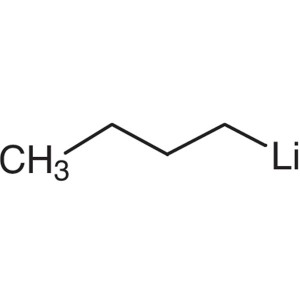
n-Butyllithium Solution CAS 109-72-8 High Quality
-
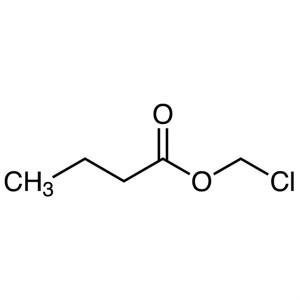
Chloromethyl Butyrate CAS 33657-49-7 Purity >98...
-
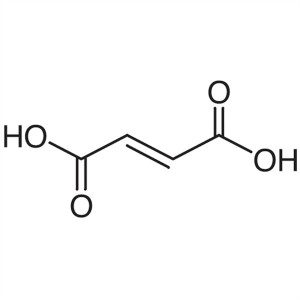
Fumaric Acid CAS 110-17-8 Purity 99.5%~100.5% F...
-
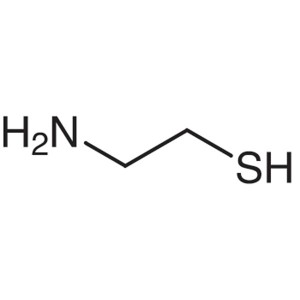
Cysteamine CAS 60-23-1 Purity >95.0% (Titration)
-
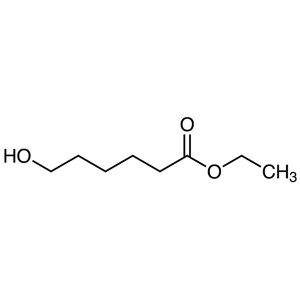
Ethyl 6-Hydroxyhexanoate CAS 5299-60-5 Purity >...
-
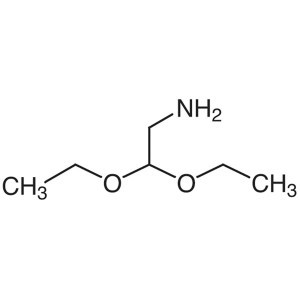
Aminoacetaldehyde Diethyl Acetal CAS 645-36-3 P...
-
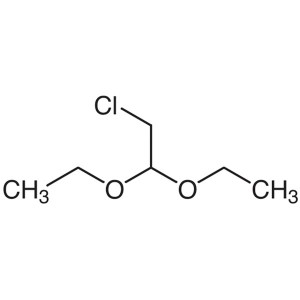
Chloroacetaldehyde Diethyl Acetal CAS 621-62-5 ...
-
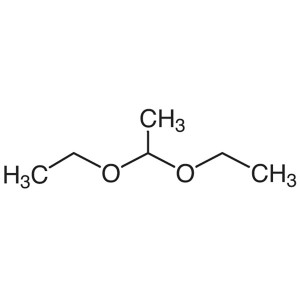
Acetal CAS 105-57-7 Purity >99.0% (GC) Factory ...
-
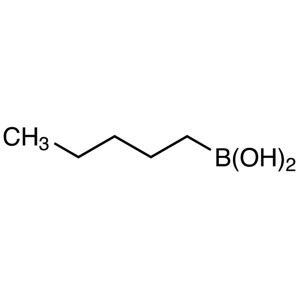
n-Pentylboronic Acid CAS 4737-50-2 Purity >98.0...
-
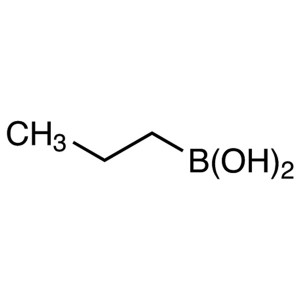
Propylboronic Acid CAS 17745-45-8 Purity >98.0%...
-
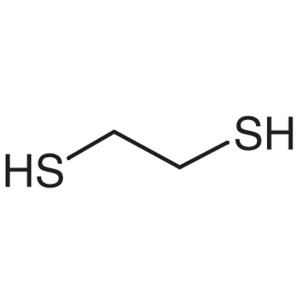
1,2-Ethanedithiol (EDT) CAS 540-63-6 Purity >99...
-
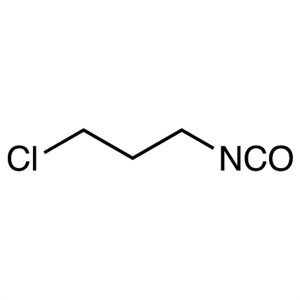
3-Chloropropyl Isocyanate CAS 13010-19-0 Purity...
-
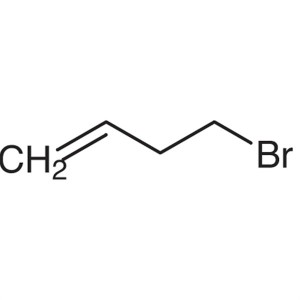
4-Bromo-1-Butene CAS 5162-44-7 Purity >98.0% (G...
-
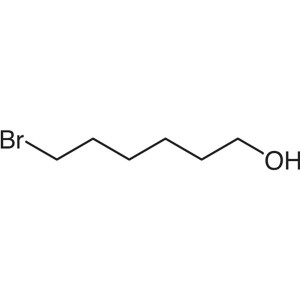
6-Bromo-1-Hexanol CAS 4286-55-9 Purity >98.0% (...
-
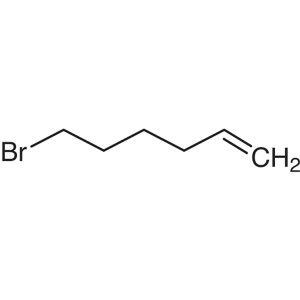
6-Bromo-1-Hexene CAS 2695-47-8 Purity >98.0% (G...
-
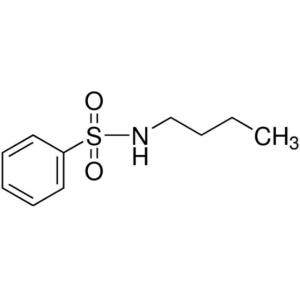
N-Butylbenzenesulfonamide (BBSA) CAS 3622-84-2 ...

